The clock is ticking for the development and deployment of renewable synthetic fuels substituting for non-renewable fossil-based oil to enable a sustainable energy resource for the benefit of all people.


The clock is ticking for the development and deployment of renewable synthetic fuels substituting for non-renewable fossil-based oil to enable a sustainable energy resource for the benefit of all people.
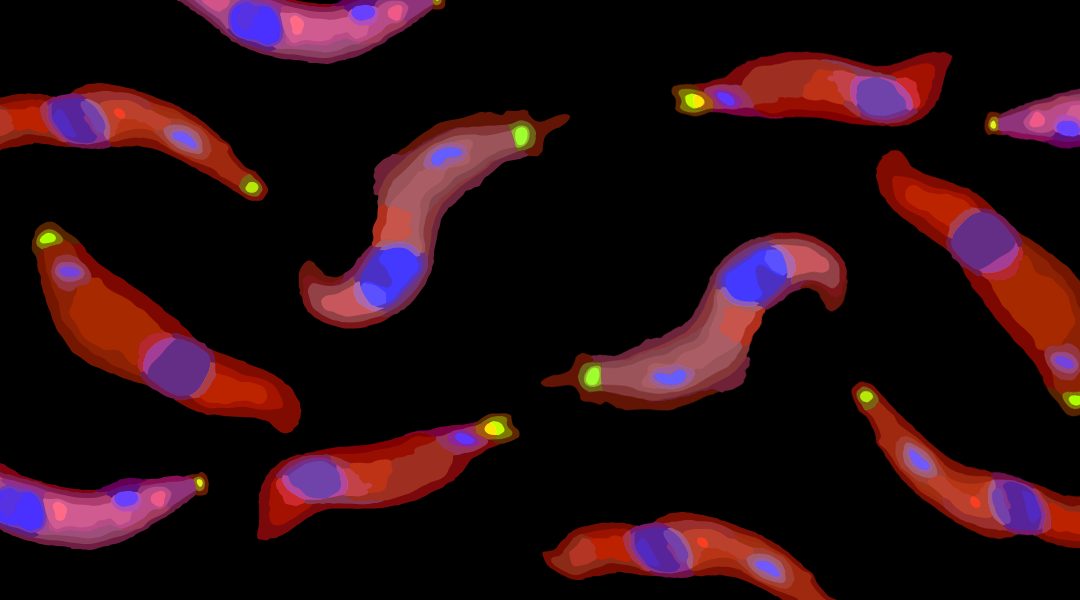
Single stranded RNAs with a free 5′ monophosphate end are susceptible to rapid degradation. Transfer RNAs (tRNAs) and ribosomal RNAs (rRNAs) are stabilized by hairpin structures and by “hiding” their 5′ ends within complex protein structures.
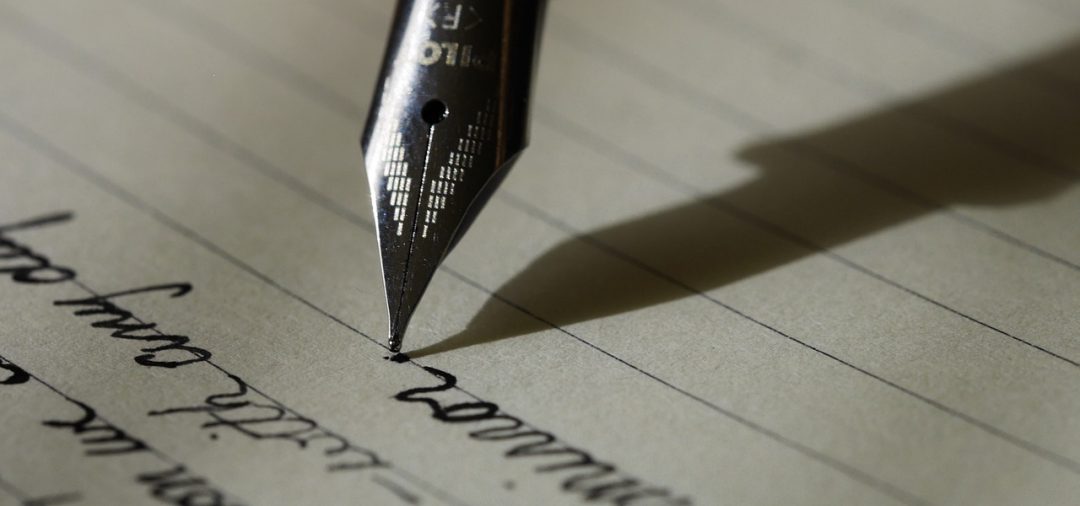
Direct writing of low-cost MXene-in-water inks using a rollerball pen.
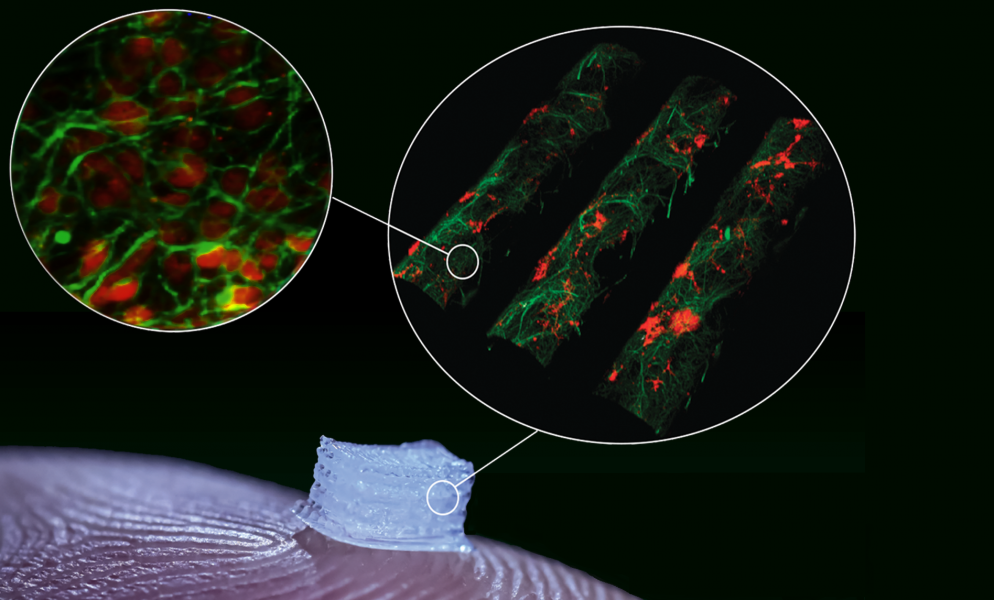
A 3D printing approach for precise cell placement on tissue engineered scaffolds is developed.

The possibilities of using photoacoustic techniques as a versatile tool for lympathic-related clinical applications is discussed.
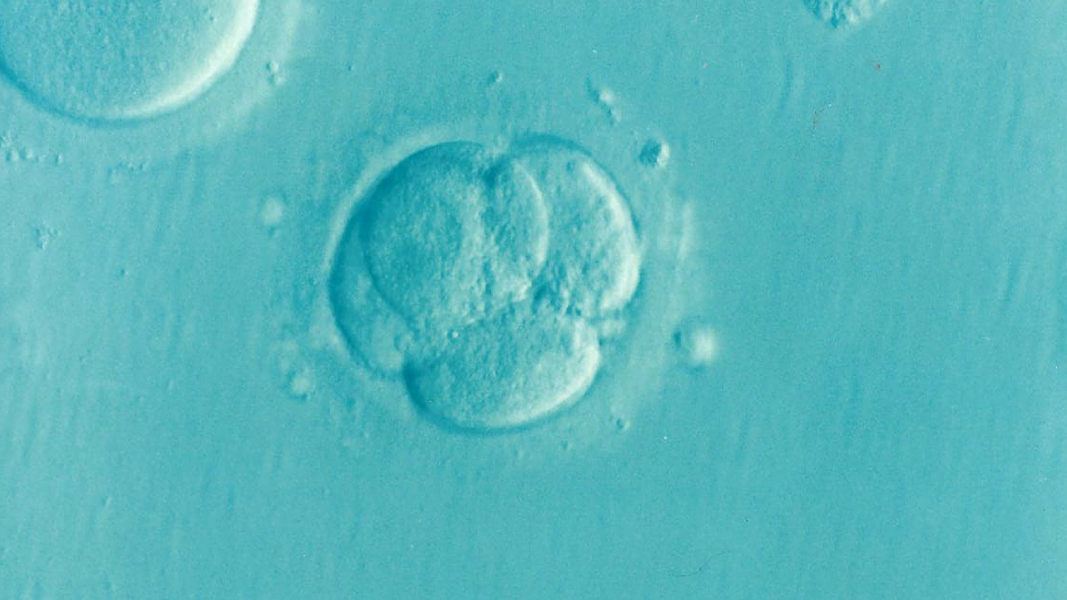
Intercellular communication may provide a mechanism to exploit and buffer cell-to-cell variability.
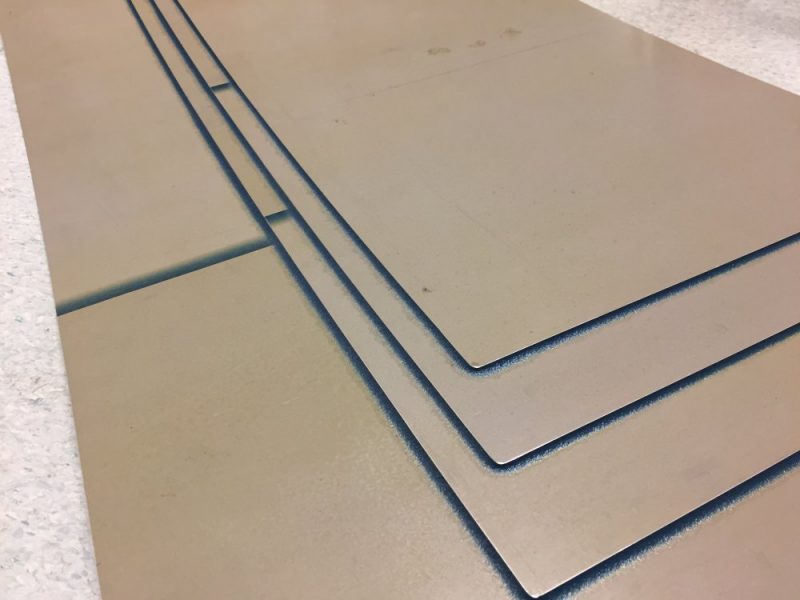
To increase the structural efficiency of composite aircraft requires further optimization of aeronautical structures to maximally exploit the material performance.

Scientists discover a way to harvest fresh water from air, also in arid regions.
![New Ways to Structure Clinically Approved Hydrogels [Video]](https://www.advancedsciencenews.com/wp-content/uploads/2018/03/adma201705013_ASN_image.jpg)
Clinically approved hydrogels can be structured across multiple length scales to generate materials with a variety of new physical properties.
![3D e-Whiskers for Complex Sensing Applications [Video]](https://www.advancedsciencenews.com/wp-content/uploads/2018/03/adma201706733_ASN_image.png)
A scalable method for fabricating electronic whiskers (e-whiskers)—a class of electronic skin—for sensing a variety of external stimuli, including proximity, texture mapping, surface roughness, material stiffness, force, and temperature.